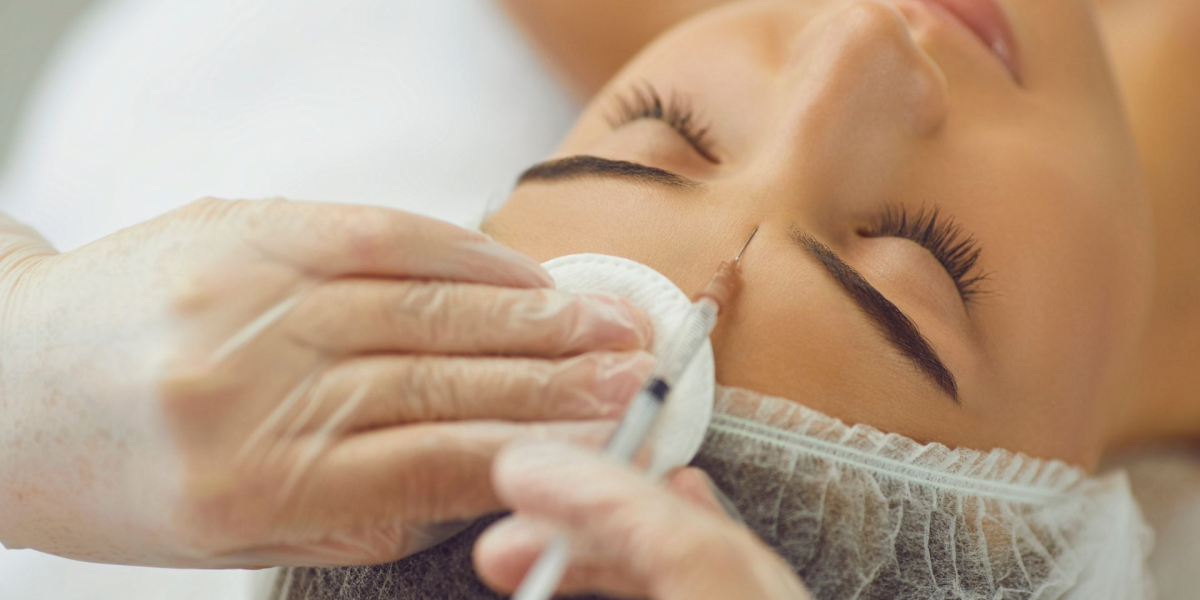The global Anti-Snoring Devices Market is projected to experience remarkable growth, doubling its valuation from US$ 1.68 billion in 2024 to US$ 3.36 billion by 2033, growing at a CAGR of 8.04% from 2025 to 2033, according to Renub Research. The surge in market demand is driven by a combination of factors, including the rising prevalence of obesity, technological advancements in anti-snoring products, and a growing preference for non-invasive and minimally invasive treatment solutions.
In this press release, we delve into the market dynamics, growth opportunities, regional insights, competitive landscape, and frequently asked questions about the anti-snoring devices market.
Rising Prevalence of Snoring and Sleep Disorders Fueling Market Growth
Snoring is no longer seen as a mere inconvenience but as a symptom of underlying health conditions, such as obstructive sleep apnea (OSA). According to global studies, nearly 45% of adults snore occasionally, while 25% snore regularly, with obesity and aging being the most prominent risk factors. This increasing awareness of the health risks associated with snoring, such as cardiovascular diseases and hypertension, has driven demand for anti-snoring devices.
Technologically advanced products like smart CPAP (Continuous Positive Airway Pressure) machines, mandibular advancement devices, tongue stabilizers, and wearable sensors are gaining traction. These devices offer non-invasive and convenient solutions compared to surgical interventions, boosting their adoption.
Technological Advancements and Product Innovation
Companies in the anti-snoring devices market are heavily investing in R&D to launch innovative and smart products. Smart anti-snoring devices integrated with AI-powered sleep monitoring, Bluetooth connectivity, and customizable settings are making these products user-friendly and effective.
For instance, advancements in wearable anti-snoring bands and nasal dilators provide real-time monitoring of sleep patterns, which can be paired with mobile applications for detailed insights. The rise of home healthcare devices has further accelerated the demand for anti-snoring products, especially in regions with growing awareness of sleep hygiene.
Key Market Drivers
Obesity Epidemic: Increasing obesity rates globally are a significant factor contributing to sleep apnea and chronic snoring.
Technological Advancements: AI, IoT-enabled smart devices, and user-centric designs are reshaping the anti-snoring device landscape.
Preference for Non-Invasive Treatments: Non-invasive devices are preferred over surgeries due to their safety, convenience, and cost-effectiveness.
Growing Awareness of Sleep Health: Rising campaigns and medical advice on the risks associated with untreated snoring are influencing consumer behavior.
Availability of Minimally Invasive Surgeries: Complementary to devices, these surgeries provide additional options for patients.
Regional Insights
North America
North America dominates the global market due to high obesity rates, increased awareness of sleep disorders, and strong presence of market players. The United States, in particular, holds the largest share, driven by advanced healthcare infrastructure and a robust distribution network for anti-snoring products.
Europe
Europe follows closely, with countries like Germany, France, and the UK showing significant adoption of anti-snoring devices due to high healthcare spending and widespread consumer awareness.
Asia-Pacific
The Asia-Pacific region is expected to witness the fastest growth, fueled by urbanization, increasing disposable income, and lifestyle changes contributing to obesity. Growing awareness of sleep apnea in China, Japan, and India is creating a fertile market for global and local manufacturers.
Rest of the World
Latin America, the Middle East, and Africa are gradually expanding their market presence due to improving healthcare infrastructure and increasing awareness campaigns.
Competitive Landscape
The anti-snoring devices market is competitive, with companies focusing on product differentiation, strategic collaborations, and marketing campaigns. Players are targeting emerging markets with affordable and technologically advanced products.
Some notable companies in the market include:
ResMed Inc.
Philips Respironics
Fisher & Paykel Healthcare
SomnoMed Ltd.
Apnea Sciences Corporation
Sleeping Well, LLC
Market Forecast 2025–2033
The market is projected to maintain a robust CAGR of 8.04% throughout the forecast period. Increased investments in AI-powered wearable devices, e-commerce distribution channels, and personalized sleep solutions are expected to drive future growth.
To access the full detailed report on this booming market, visit Anti-Snoring Devices Market Report by Renub Research.
FAQs
1. What is the size of the global anti-snoring devices market?
The global anti-snoring devices market is valued at US$ 1.68 billion in 2024 and is expected to reach US$ 3.36 billion by 2033.
2. What is the growth rate of the anti-snoring devices market?
The market is forecasted to grow at a CAGR of 8.04% from 2025 to 2033.
3. What are the main factors driving this market?
Rising obesity, technological innovations, growing awareness of sleep disorders, and a preference for non-invasive solutions are key growth drivers.
4. Which regions dominate the anti-snoring devices market?
North America holds the largest market share, followed by Europe, while Asia-Pacific is the fastest-growing region.
5. What types of anti-snoring devices are popular?
Common devices include mandibular advancement devices, nasal dilators, CPAP machines, tongue stabilizers, and wearable sleep monitoring bands.
6. Are anti-snoring devices effective for sleep apnea?
Yes, many anti-snoring devices are designed to manage mild to moderate obstructive sleep apnea, often in combination with medical consultation.
7. Who are the leading companies in this market?
Key players include ResMed Inc., Philips Respironics, Fisher & Paykel Healthcare, and SomnoMed Ltd.
8. Is there a growing demand for smart anti-snoring devices?
Yes, AI-enabled and connected devices that monitor sleep and provide insights via mobile apps are increasingly popular.
9. What role does obesity play in snoring?
Obesity increases fat deposits around the upper airway, narrowing it and making breathing during sleep more difficult, leading to snoring.
10. How can I access the full Renub Research report?
You can access the full report via Renub Research's Anti-Snoring Devices Market Page.
New Publish Report:
- United Arab Emirates Quick Service Restaurant (QSR) Market Size, Share & Forecast 2024–2033
- Canada Foodservice Market Report Forecast by Type (Commercial Restaurant, Non-Commercial Restaurant), Commercial Restaurant (Quick-Service Restaurants (QSRs), Full-Service Restaurants, Caterers, Drinking Places), Non-Commercial Restaurant (Accommodation foodservice, Institutional foodservice, Retail Foodservice, Other Foodservice), Province and Companies Analysis 2025-2033
- United States Plant Based Food Market by Segments (into Milk, Meat, Meals, Ice Cream, Yogurt, Creamer, Butter, Cheese, Tofu and Tempeh, Ready to Drink Beverages, Condiments, Dressings, and Mayo, Spreads, Dips, Sour Cream and Sauces, Eggs, and Others) By Food Services (quick-service restaurants (QSR), full-service restaurants, education, healthcare, lodging/casino, recreation, business and industry, and others) and Company Analysis 2025-2033
About Renub Research
Renub Research is a Market Research and Consulting Company with more than 15 years of experience, especially in international Business-to-Business Research, Surveys, and Consulting. We provide a wide range of business research solutions that help companies make better business decisions.
We partner with clients across all sectors and regions to identify their highest-value opportunities, address their most critical challenges, and transform their businesses. Our wide clientele includes key players in Healthcare, Travel & Tourism, Food & Beverages, Power & Energy, Information Technology, Telecom & Internet, Chemicals, Logistics & Automotive, Consumer Goods & Retail, Building & Construction, and Agriculture.
Our core team comprises experienced professionals with graduate, postgraduate, and Ph.D. qualifications in Finance, Marketing, Human Resources, Bio-Technology, Medicine, Information Technology, Environmental Science, and more.
Media Contact:
Company Name: Renub Research
Contact Person: Rajat Gupta, Marketing Manager
Phone No: +91-120-421-9822 (IND) | +1-478-202-3244 (USA)
Email: rajat@renub.com

















